Just because temperatures are dropping doesn’t mean you should put away the hand trowel and the spade. There are plenty of things that you can plant in the fall, whether you want pretty flowers or fresh veg come spring or whether you want extra colour in your garden right now. If you still want to do some gardening before winter, here’s what and when to plant this fall.
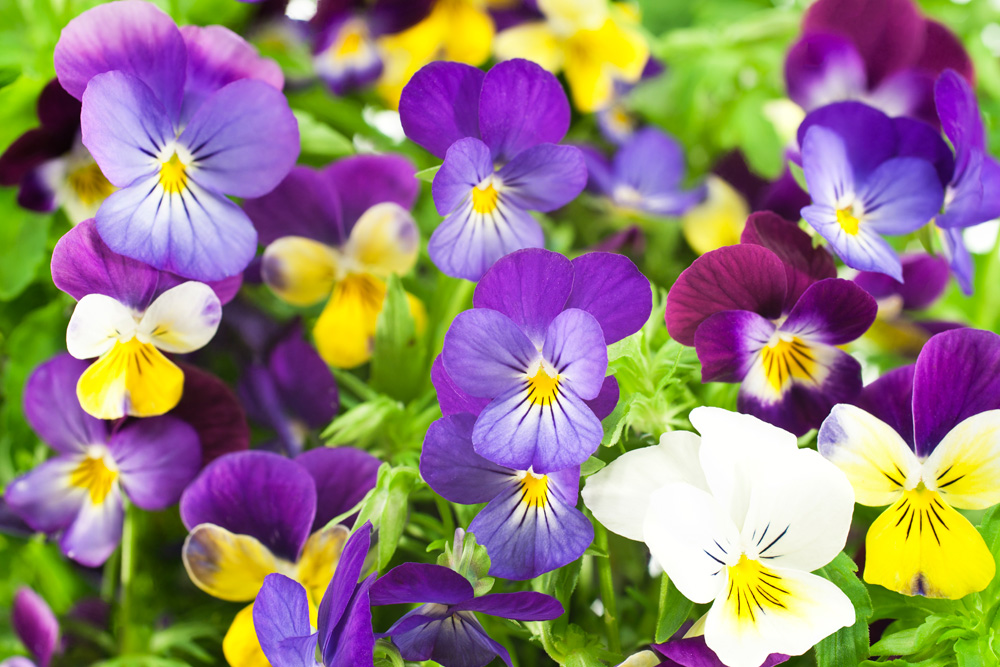
Pansies and Violas
Pansies and violas are closely related and come in a wide variety of colours. Because they love cooler temperatures, they’re perfect fall plants. They’re best planted while the sun is still strong, so that their roots can strengthen to survive the cold. You need to cover them in winter but depending on the cultivar, they may pop up again in spring.
Related: Support Local: The Best Online Plant Stores in Canada

Purple Coneflowers
Purple coneflowers – or Echinacea – are some of the easiest perennials to grow and care for. They’re normally best planted in spring but you can also plant them in early fall, at least six weeks before you expect the first frost.
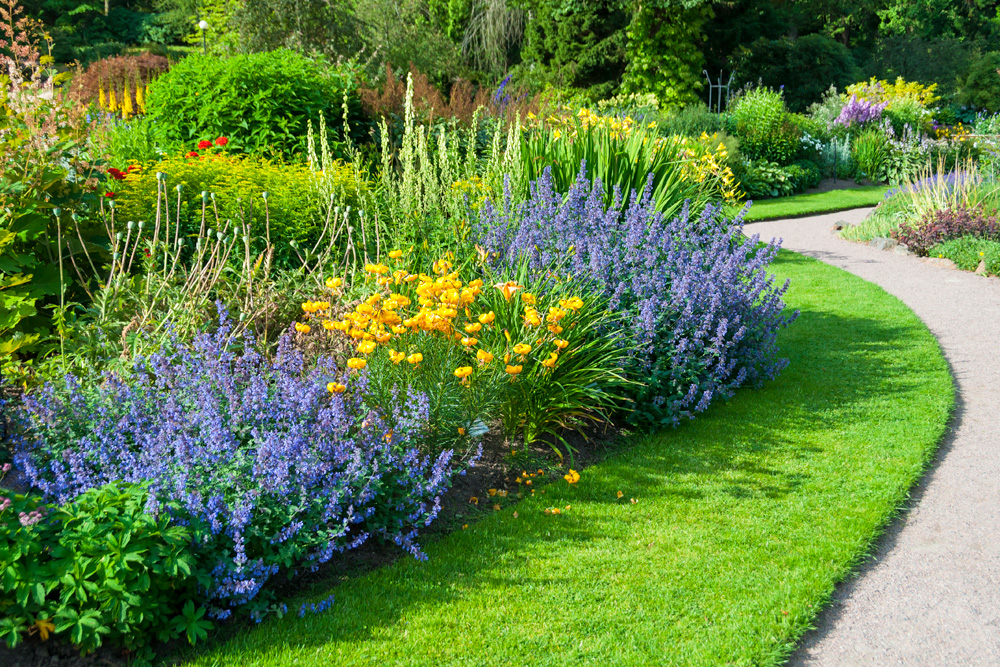
Garden Catmint
Garden catmint is a good choice if you’re looking for perennials to plant in fall, especially as borders around your garden. Their planting season starts in mid-spring and lasts until temperatures starts to drop. These aromatic plants with their lavender flowers are hardy and while they may attract bees and even the neighbourhood cats – depending on the species or cultivar – deer and rabbits don’t like them.
Related: The Best Herbs and Medicinal Plants to Grow Indoors This Spring
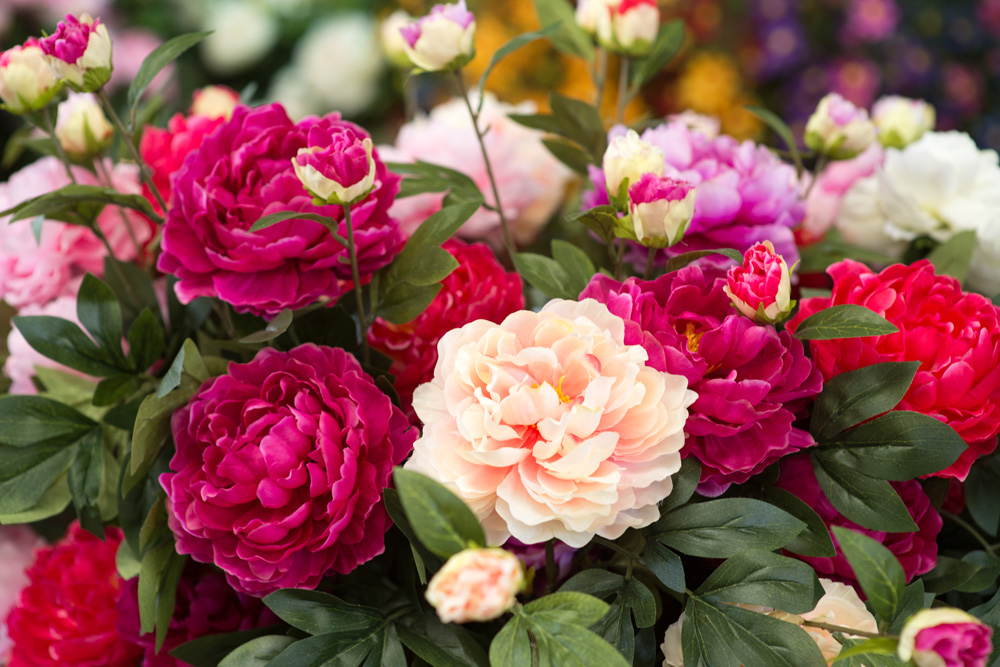
Peonies
Peonies are one of the most popular flowers for Canadian gardens and there’s no better time to plant them than in the fall. They actually need a cold period to grow well. However, for the first winter after planting peonies, it’s best to cover them in mulch, which you then remove in spring.

Fall Bulbs
Spring bulbs tend to be soft and can’t withstand a harsh Canadian winter. Fall bulbs, however, are hardy and need the cold to initiate the flowering process come spring. The best time to plant them is about six weeks before the ground usually freezes in your area. Some of the best bulbs to plant in fall are crocuses, tulips, snowdrops, hyacinths and daffodils.
Related: 20 Indoor and Outdoor Plants That Will Flower in the Winter
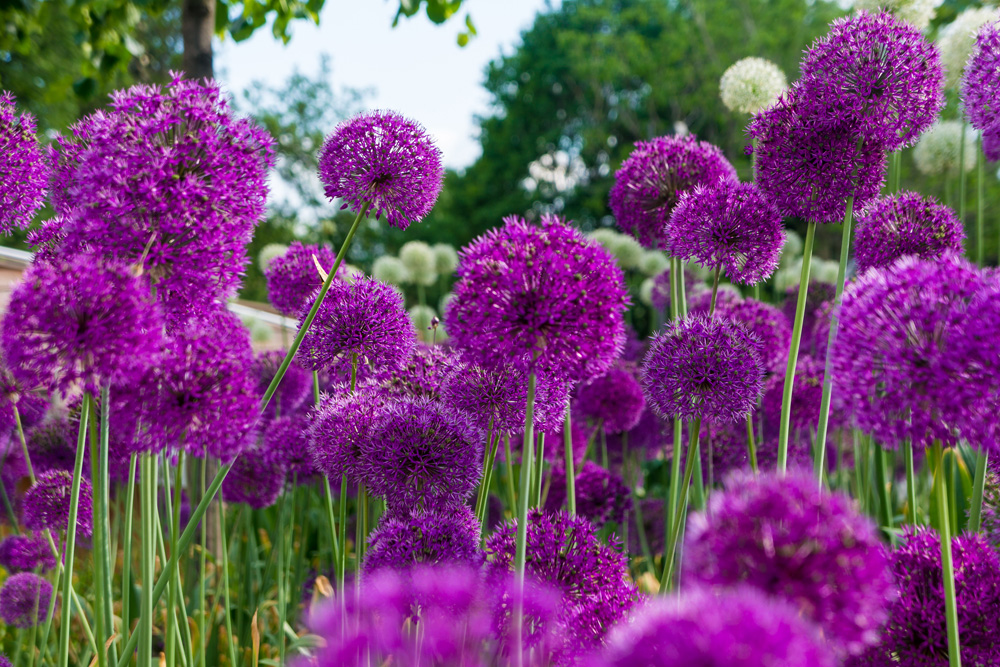
Alliums
There are hundreds of species of alliums. The most well-known of these bulbs are the ones we eat and where you can reuse the food scraps to grow your own: onions, leeks, scallions, shallots, chives and garlic. Exactly when to plant alliums depends on the type but it’s normally best to plant after the fall equinox. Planting garlic in the fall will give you pink to purple flowers in summer, while onions and leeks will give you white flowers.
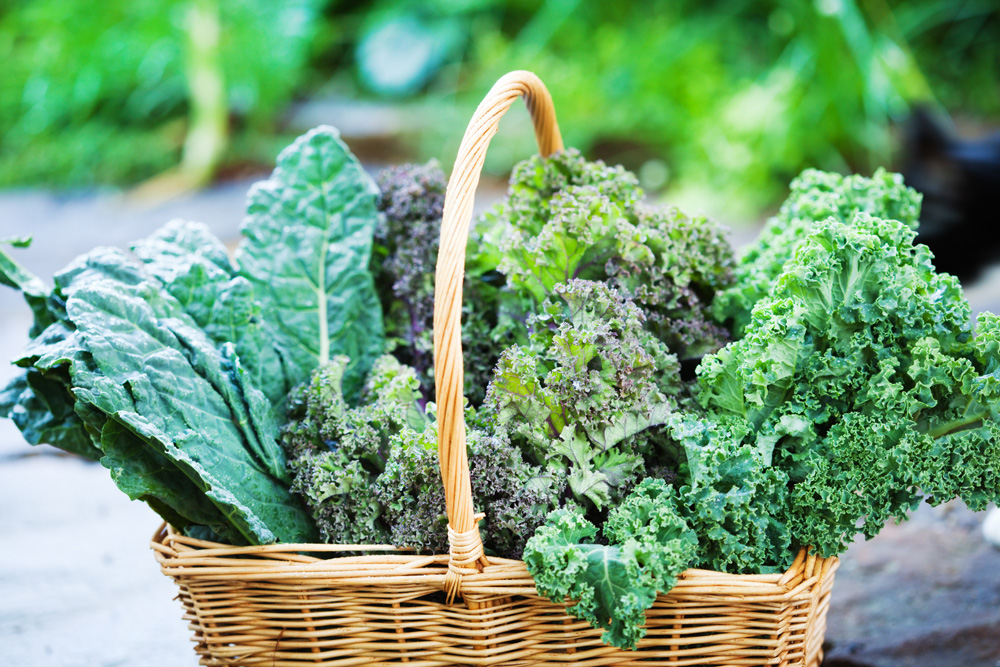
Leafy Greens
Just because most vegetables are best planted during the warmer months doesn’t mean that you should abandon your vegetable garden when temperatures start dropping. Some of the fall vegetables to plant include leafy greens like kale, perpetual spinach, cabbage and winter lettuce. You can plant them from about six weeks before the first frost to late in the fall and sometimes even into winter.
Related: 5 Incredibly Easy Vegetables to Grow Indoors All Year Round
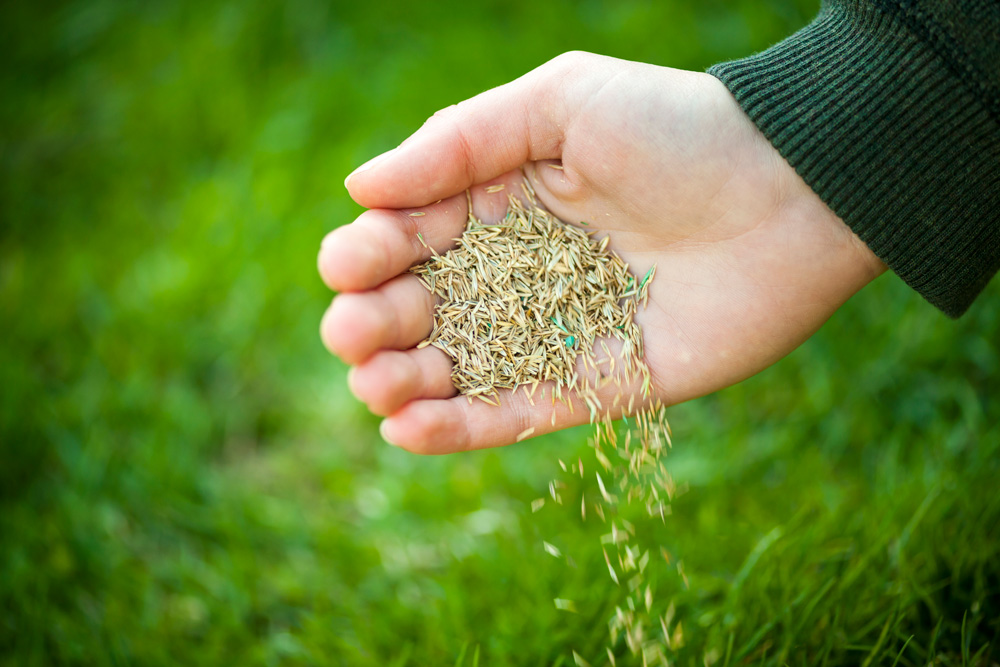
Grass
If you want to grow the best lawn in the neighbourhood, early fall is the ideal time to sow the seeds, whether you’re planting a new lawn or overseeding to fill in bare patches. This will help the grass to get established for spring greenness without spending your days weeding, since weeds are fewer in the fall.
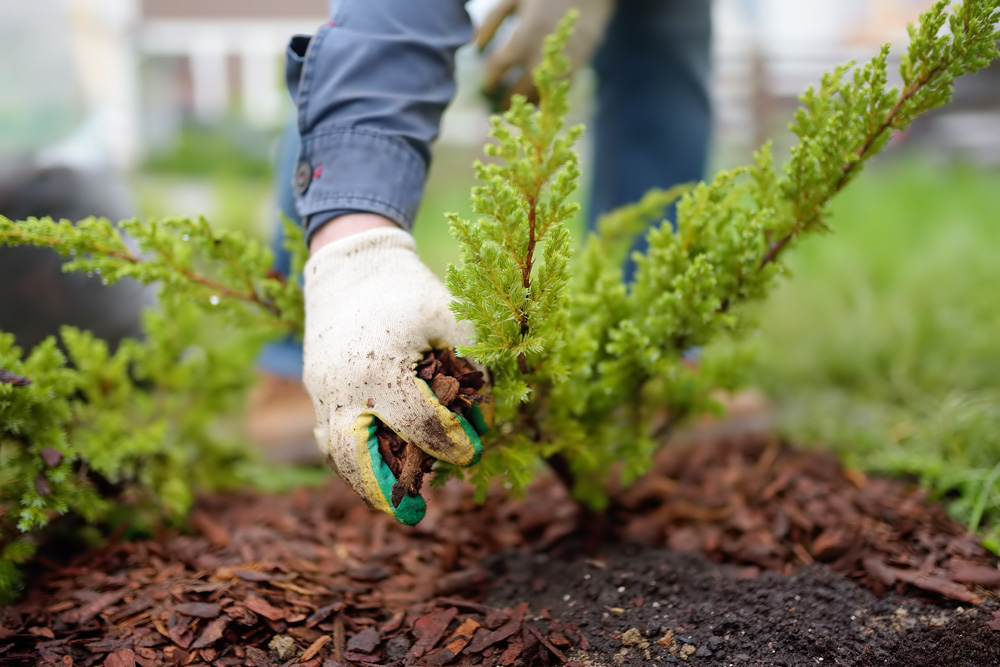
Trees and Shrubs
Fall is the ideal time to plant trees and shrubs, since the warm soil and cool air will stimulate root growth and get them established before they enter dormancy in the winter months. The best time to plant is about six weeks before the first frost.
Related: How to Protect Outdoor Plants and Trees From Frost and Freeze
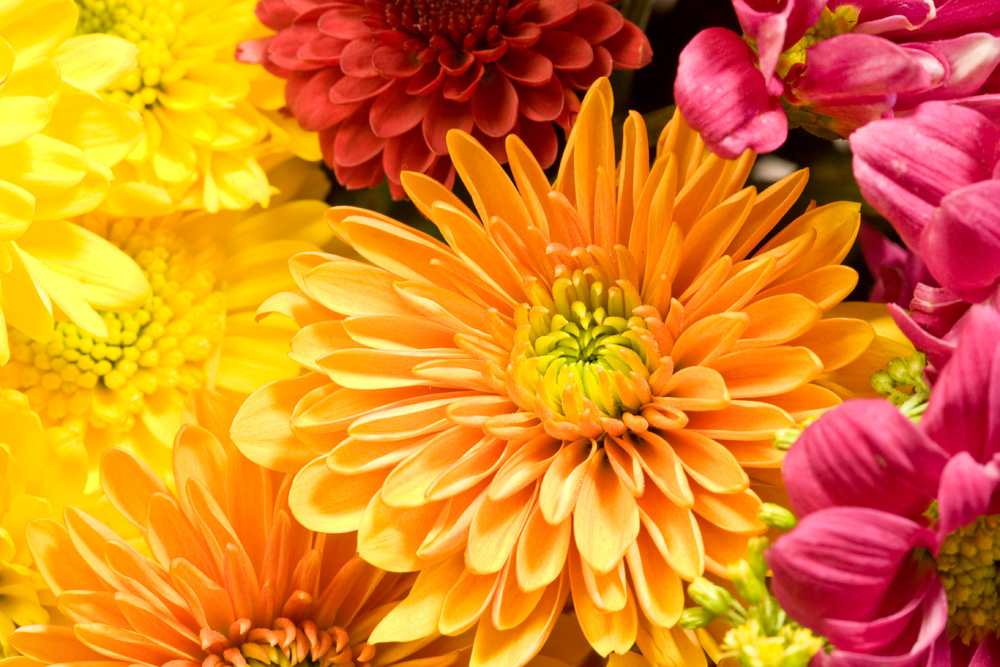
Chrysanthemums
Chrysanthemums thrive in cooler temperatures and the shades of white, yellow and red will look stunning in a fall garden. Plant them early in the season, well before the first frost, so that their roots will have a chance to grow. They’re among the plants that will improve the air quality in your home.
HGTV your inbox.
By clicking "SIGN UP” you agree to receive emails from HGTV and accept Corus' Terms of Use and Corus' Privacy Policy.





